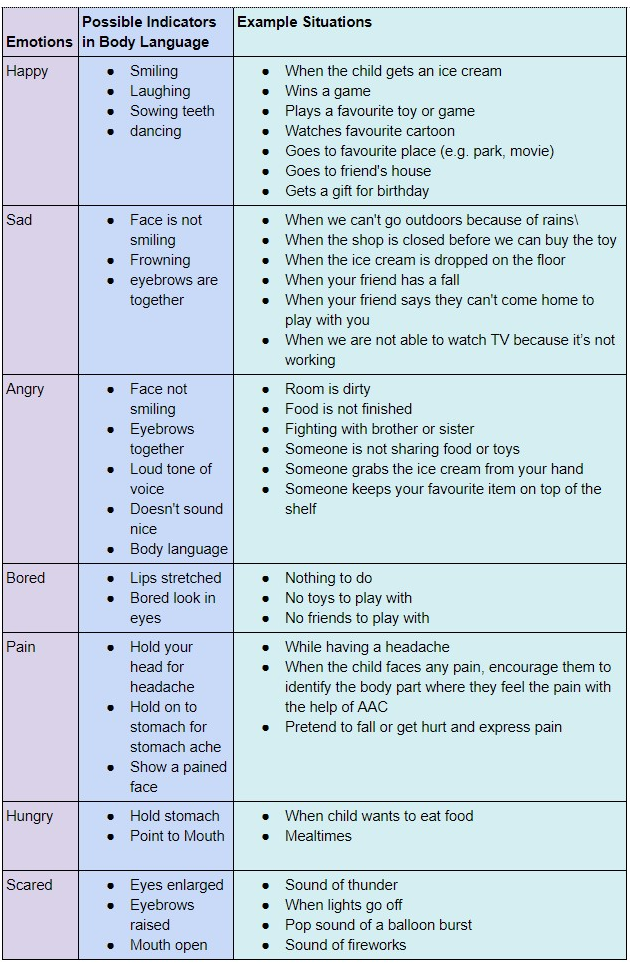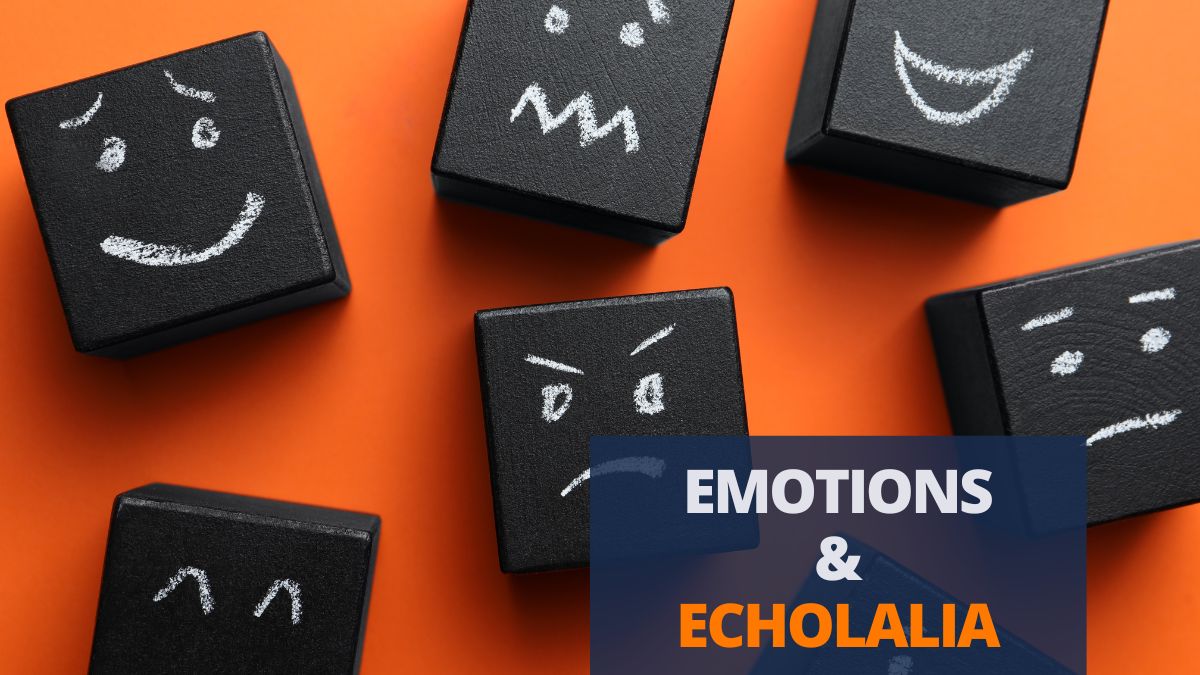When children get better at expressing emotions, their anxieties and challenging behaviours can reduce. But feelings and emotions are complex and abstract concepts which makes them difficult to teach. They are internal states of mind which need to be experienced and felt by the child, and hence becomes tricky to “teach” as concepts.
One of the simplest ways to help them understand the various emotions is by giving them exposure to different experiences When you talk about the child’s emotions during the experience, it helps the child associate the emotion with that experience. This further helps them identify and understand the concept of emotions better.
Sample Situations to Teach Emotions


Here are a few simple ideas to teach emotions to young children:
Picture cards
Use picture cards / flash cards that you may, to talk about various emotions. Explain how these emotions are displayed.
Example: HAPPY
Show different pictures of happy faces and say “When we are happy we are smiling and laughing, and showing our teeth. When we are happy we are dancing, or singing.” etc.


2. Facial gestures
Show with your own facial gestures and expressions the various emotions. Express it through your eyes (enlarged eyes for anger), eyebrows (narrowed eyebrows for anger), mouth( pouting for sadness),
3. Own photos
Take your child’s photo when they are happy and smiling and explain it to them to help them associate the “feeling” with the emotion and the word.
4. Story-telling through books
Choose stories that display emotions. E.g. hare and tortoise – how the hare feels sad when losing and hare feels happy when winning.
5. Discuss emotions while watching TV shows or videos
Talk about the emotions of the characters while watching the shows together. Choose shows that display emotions.
6. Take videos
Take a video of yourself or other members of the family while they are happy – e.g. during their birthday, cake cutting, playing with friends etc.
5. Role play
During role play you can pretend to be a person who is happy for a particular reason. E.g. I am your teacher and you answered correctly in class. I am happy and clapping for you.
that you are playing the role of a person or a character in a story that has a happy event.
E.g. I am the teacher. You have finished your work! Very good, I am happy.
5. Drama
Create a story with different characters and enact a drama with emotions.
E.g. a child who has lost his dog feels sad.
6. Create more opportunities during the day to express various emotions
Model the words as you discuss the emotions
Remember not to try and teach emotions when the child is going through a meltdown. Teach these concepts when the child is in a happy and receptive state of mind. Expressing emotions can make the child feel heard and understood. It also gives them the opportunity to seek help when they experience negative emotions. So, it’s an important skill to have which can pave the path to their self-expression and self-dependence.



